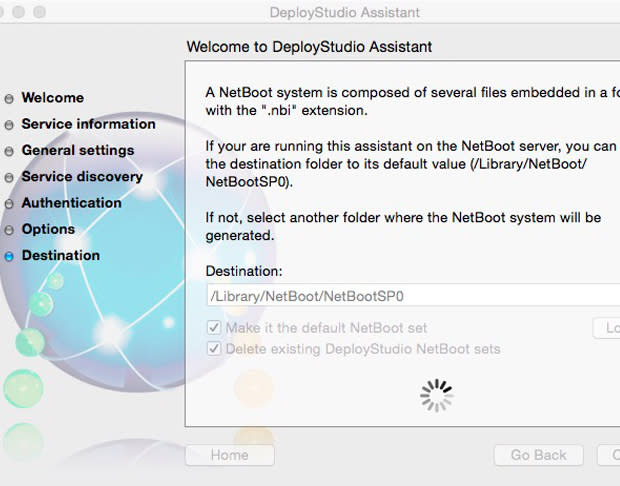- Make Your Regular Mac A NetBoot Server! : 15 Steps (with ...
- See Full List On Lowendmac.com
- Mac Netboot Image
- Hands On: A Close-up Look At Mac OS X's NetBoot
As discussed in Part 1, System Image Utility is included with Mac OS X Server and offers the option of directly saving images to the configured NetBoot share points. Creating a NetBoot image. NetBoot creates the required folders on the server. Create a NetBoot image with System Image Utility. A folder with a name ending in.nbi appears. Upload this folder to the server’s NetBootSP0 folder, a share point that NetBoot created. Back in Server Admin, click the Images tab, select your image, click Save, and then start NetBoot. As posted here earlier, it is possible to create a 'Universal OS X' installation disk. But what's even better is one can create an Universal NetBoot Image, too! Simply image the partition, open the.plist file in the image folder, and add the entry ppc to architectures. Apple has removed, among many other things, DHCP serving and NetBoot Serving from their 'server' app in conjunction with the new OS. This won't affect 99.5% of people but I'm in the minority. I fix Macs for a living and have been using Netbooting for 10 years as my faster, better version of booting a customers Mac off a USB utility disk. I use NetInstall images too for installing the OS but I.
Make Your Regular Mac A NetBoot Server! : 15 Steps (with ...

See Full List On Lowendmac.com
NetBoot on Mac OS X Leopard Client. Click the Sharing icon i. If necessary, click the lock icon to authenticate as an admin. Create a NetBoot image a.
Mac Netboot Image
I will try to advise as best I can within this limit medium.
You need to be running an Open Directory Master (LDAP). To do this, you must first ensure you have both forward and reverse DNS setup for your server's hostname and IP address. Study the Tiger version of the Open Directory admin guide for help with this.
Next Workgroup Manager must be creating your accounts in LDAP and not in NetInfo's local node.
Macintosh Manager for Mac OS X is called MCX (Managed Client X).
your client systems need to be 'integrated' with LDAP. There are a number of ways of achieving this. Manually this is done by configuring the LDAPv3 plug-in in the Directory Access utility on your client systems.
It really gets more complicated than this. You're probably going to have to spend a lot of time teaching yourself this. The Apple course would probably speed things along a lot.
More free advice is out there... make sure you read through Apple's Tiger server docs at http://www.apple.com/server/documentation
Good luck!
Hands On: A Close-up Look At Mac OS X's NetBoot
Nov 3, 2005 11:11 AM